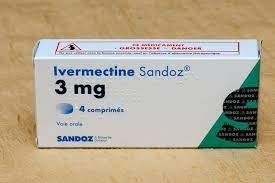On the Reading sections of both the ACT and SAT, test-takers encounter a fair number of vocabulary-in-context questions. As you prepare for either test, practice these three techniques to successfully tackle them:
Consider the Context
It may come as a relief to you that on the ACT and SAT, you will never be asked to identify the meaning of a vocabulary word in isolation. Instead, vocabulary questions are always passage-based, so you don’t need to memorize definitions of words before test day.
Consider, for instance, question 6 from the reading subtest of this past SAT. It asks readers to choose the best definition for “charge” given the context of this passage:
“During the drive to the Quabarl mansion Lady Carlotta was impressively introduced to the nature of the charge that had been thrust upon her; she learned that Claude and Wilfrid were delicate, sensitive young people, that Irene had the artistic temperament highly developed, and that Viola was something or other else of a mold equally commonplace among children of that class and type in the twentieth century.”
The test question states, ‘charge’ most clearly means: and the answer choices are (i) responsibility; (ii) attack; (iii) fee; and (iv) expense.
You could argue that B, C, and D are all rough synonyms of “charge.” To charge at someone is to run toward them violently, and a charge on your credit card is a sort of fee or expense to be paid. Despite this logic, the correct answer choice is A. Only by revisiting the text could you arrive at the correct answer, proving that with ACT and SAT vocabulary, context is critical. Some test-takers fall into the trap of relying too heavily on their background knowledge of words.
Create a Prediction and Select the Closest Match
Another way that students misstep on the ACT and SAT is that they use the answer choices as a crutch. It is crucial to remember, however, that the answer choices are often meant to confuse, tempt or even trick you, not help you. For this reason, a student’s strongest defense against tempting yet incorrect answer choices is making predictions.
First, use your hand to cover the answer choices so that you are not tempted to read them. At this point, you should reread the part of the text that contains the phrase. Be aware that reading just the suggested line number is rarely enough to come up with a prediction. Go back to the beginning of the sentence where the phrase appears and read it to the end.
Plug into Double-Check
If you followed the previous steps but still find yourself wavering about an answer choice, double-check your selection by plugging it in. When you do so, once again make sure to read the sentence in its entirety, assuming it is not too long. This way, you will gain the most accurate sense of whether the word or phrase works in that context.
Be aware that this third step can and should be omitted if you are running out of time or feel extremely confident about an answer choice. The key to success on the ACT and SAT vocabulary questions is using the right techniques.
(Courtesy; US News)










